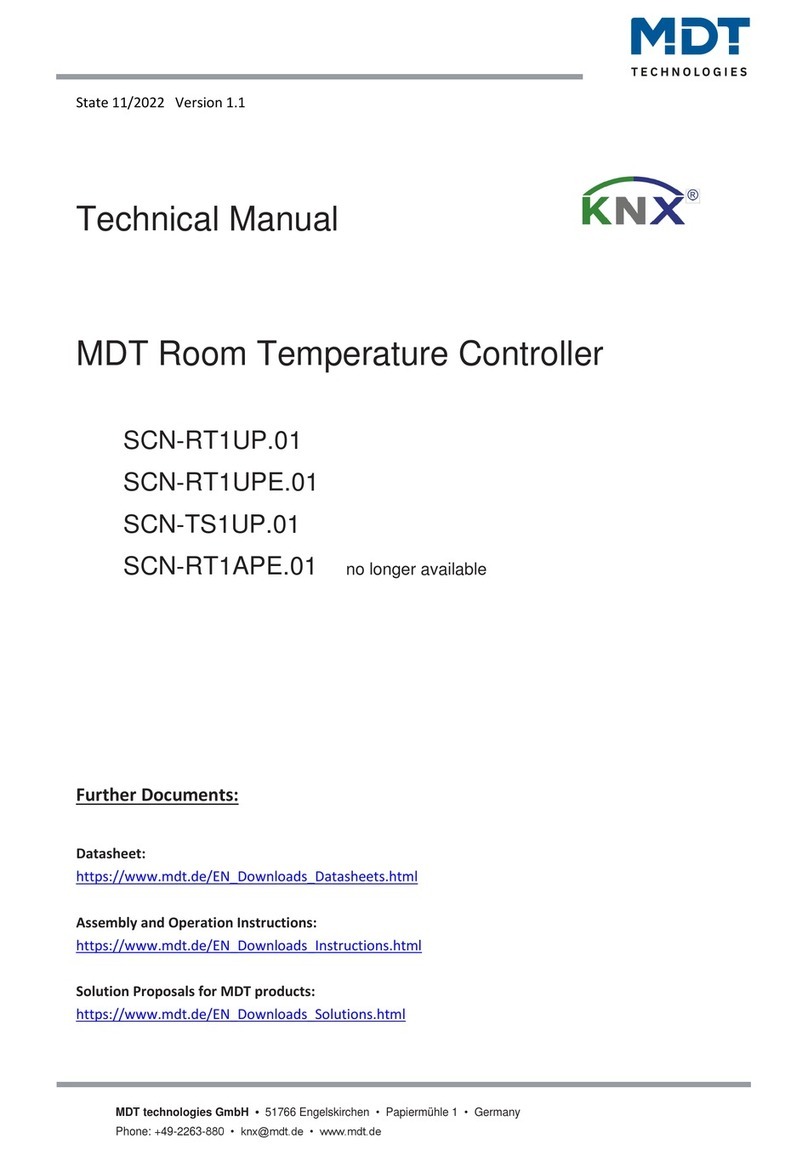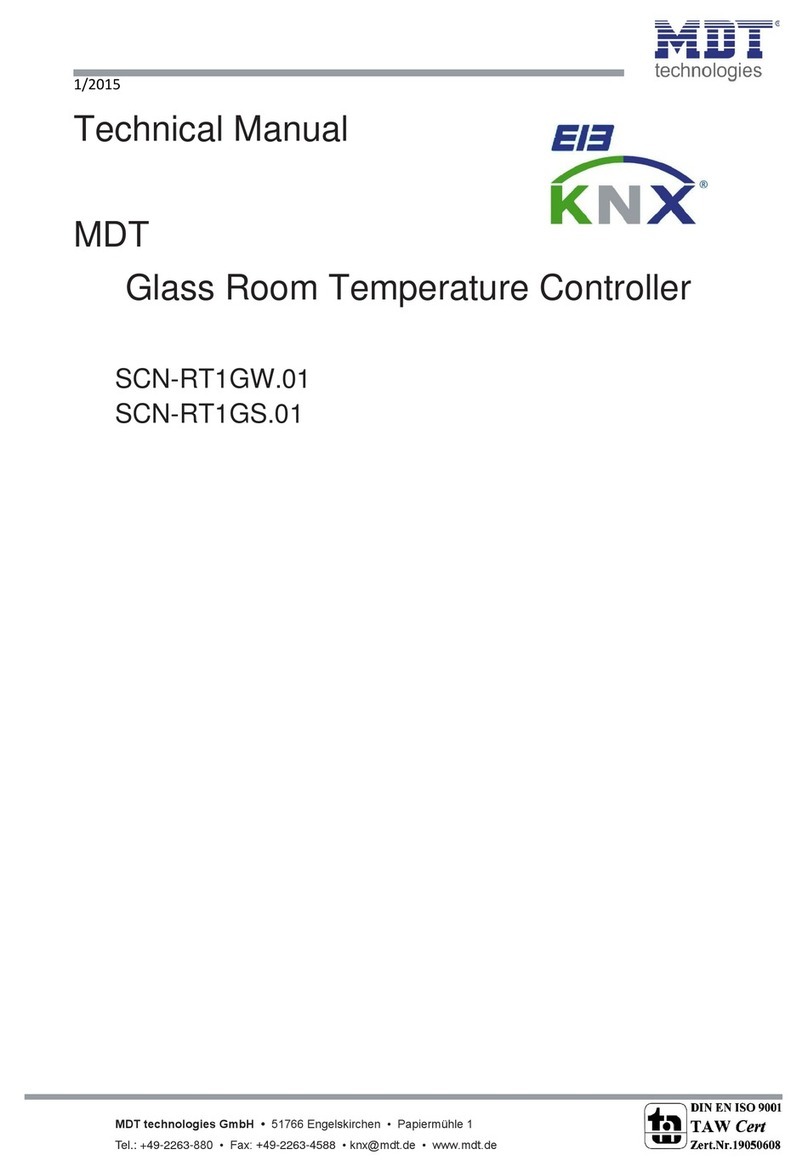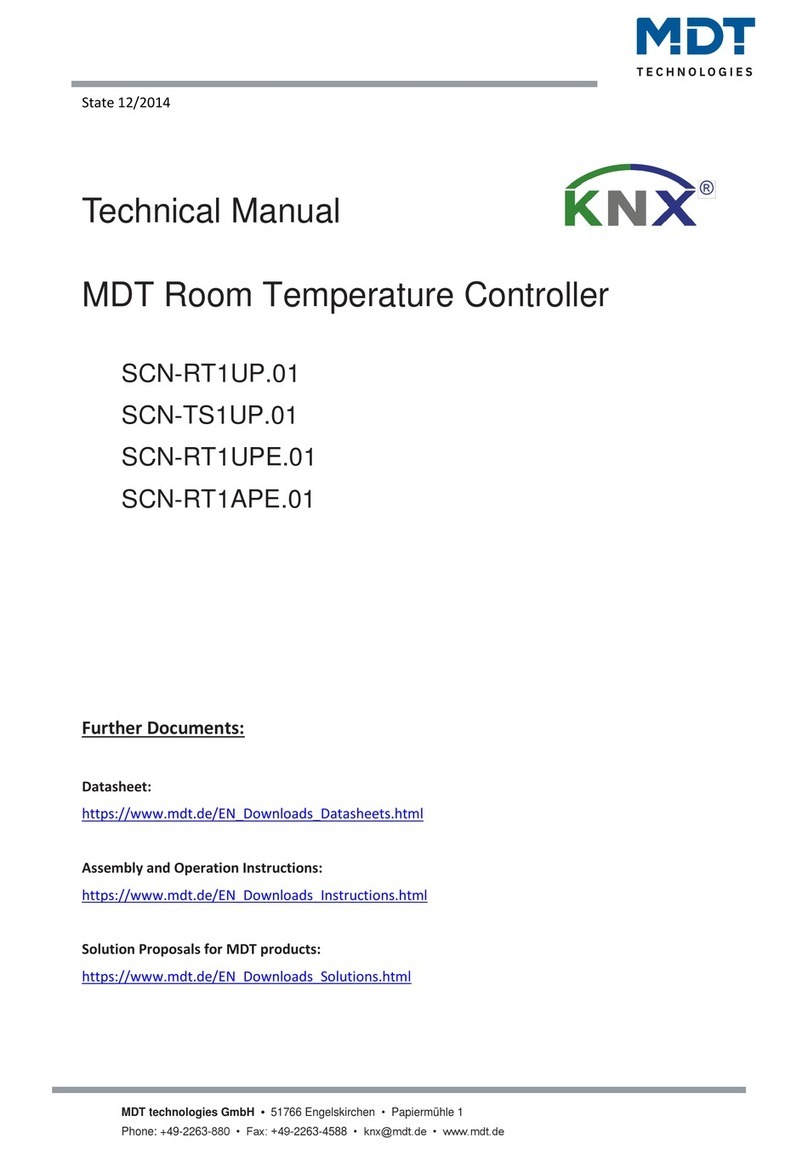1 Content
1Content............................................................................................................................2
2Overview .........................................................................................................................3
2.1 Overview devices.................................................................................................................. 3
2.2 Functions .............................................................................................................................. 4
2.3 Exemplary Circuit Diagram ................................................................................................... 4
2.4 Structure & Handling ............................................................................................................ 5
2.5 Commissioning ..................................................................................................................... 5
3Communication objects ....................................................................................................6
3.1 Standard settings of the communication objects................................................................. 6
4Reference ETS-Parameter ................................................................................................7
4.1 General Settings ................................................................................................................... 7
4.2 Light sensor........................................................................................................................... 8
4.3 Twilight sensor....................................................................................................................11
4.4 Temperature sensor ........................................................................................................... 13
5Index............................................................................................................................. 16
5.1 Register of illustrations.......................................................................................................16
5.2 List of tables........................................................................................................................ 16
6Appendix ....................................................................................................................... 17
6.1 Statutory requirements ...................................................................................................... 17
6.2 Disposal .............................................................................................................................. 17
6.3 Assembly ............................................................................................................................ 17
6.4 History................................................................................................................................. 17






























